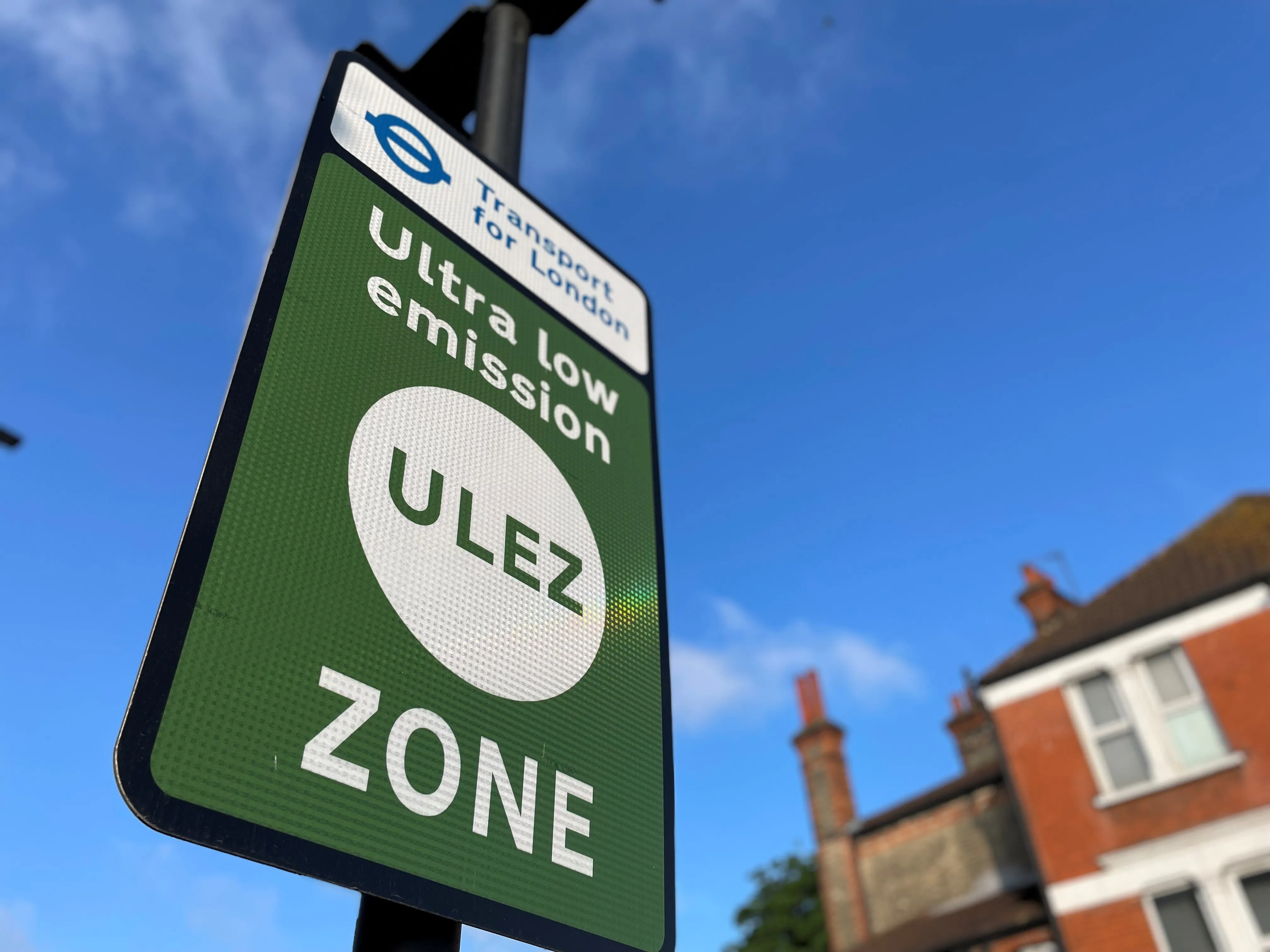A three-week consultation has begun on the decision to reduce the speed limit in the City of London to 20 miles per hour. Transport for London has also announced that the reduced speed limit will be trialled on two routes running from north to south through the City.
Previously, London Mayor Boris Johnson has argued that reducing the speed limit is unnecessary.
If the trials are successful, the City of London Corporation says that the plans will be permanently extended from summer this year. The City
January 28, 2014
Read time: 1 min
A three-week consultation has begun on the decision to reduce the speed limit in the City of London to 20 miles per hour. 1466 Transport for London has also announced that the reduced speed limit will be trialled on two routes running from north to south through the City.
Previously, London Mayor Boris Johnson has argued that reducing the speed limit is unnecessary.
If the trials are successful, the City of London Corporation says that the plans will be permanently extended from summer this year. The City’s common council agreed to the consultation on cutting the speed limit in autumn last year, arguing that pedestrians and cyclists should be encouraged to use the area.
Many of the surrounding parts of London have already opted for a 20mph speed limit, and Islington and Camden already have the schemes in force.
Previously, London Mayor Boris Johnson has argued that reducing the speed limit is unnecessary.
If the trials are successful, the City of London Corporation says that the plans will be permanently extended from summer this year. The City’s common council agreed to the consultation on cutting the speed limit in autumn last year, arguing that pedestrians and cyclists should be encouraged to use the area.
Many of the surrounding parts of London have already opted for a 20mph speed limit, and Islington and Camden already have the schemes in force.









